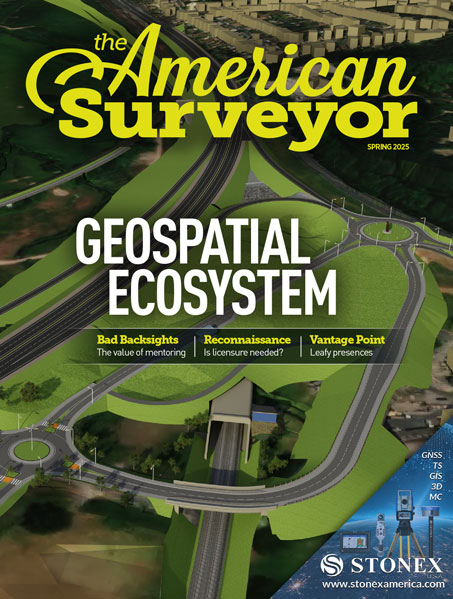This electronic atlas provides comprehensive information in text, tables and maps on population, resources, environment and economic development in China with most data updated to 2000. Sponsored by the State Environmental Protection Agency, the Chinese Academy of Sciences, the University of Michigan China Data Center, and CIESIN at the Columbia University, the English version of electronic Atlas of Population, Environment and Sustainable Development of China has now been published by the Science Press. This electronic atlas provides comprehensive information in text, tables and maps on population, resources, environment and economic development in China with most data updated to 2000. Desktop software has been developed to view the electronic map, query the data and extract data to external tables for further processing.
The Atlas provides an important reference document for understanding the population, environment, and sustainable development of China. The sources include 2000 population census, the environmental quality report from 1996 to 2000, the national land resources report, and more than 30 other data sources. The atlas consists of 153 maps in nine groups: 1. Introductory Maps; 2. Population and Health; 3. Housing and Consumption; 4. Land, Solid Wastes, and Noise Pollution; 5. Mineral Resources and Utilization; 6. Forests, Grasslands, and Bio-diversity; 7. Fresh Waters, Ocean and Water Pollution; 8. Atmosphere and Air Pollution; 9. Regional Sustainable Development.
The main characteristics of this Atlas are: 1) The Atlas carries through the guiding thinking of sustainable development, takes the implementation of population family plan and environmental protection which are basic two basic national policies as the core, expounds systematically current national conditions in China, emphasizes the organic connection between population, environment and economic development, and chooses audio-visual and concise index system which is easier for the readers to accept and understand. 2) The new Atlas keeps the same base structure as the previous version, but adds a series of 18 maps on Mineral Resources and Utilization, including the resources distribution of the main minerals, mineral deposits and production, and energy consumption. 3) This new edition consists of about 90% maps all using the latest materials, especially the result of the fifth population census in 2000 in China, and shows the summary report of national environmental quality and other materials of national conditions from 1996 to 2000. 4) The electronic map allows various functions for map operation, data query, online help, and the export of maps and data. 5) The Atlas’ electronic edition in 2002 is published in both Chinese and English, which can greatly facilitate use by international users.
